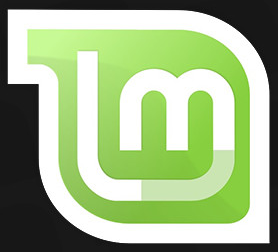By Martin Jansen, Owner Jansen-PCINFO

With little fanfare, the Linux Mint community released their latest version, 19.3, in late December of last year; an early Christmas present. I usually like to wait to review a distribution for a few weeks to make sure it works as expected. I can say that unequivocally that 19.3 is great release.
For this review I upgraded my 19.2 installs to 19.3 on my main Dell Computer and a converted Acer C740 Chromebook. I also downloaded the latest 19.3 Cinnamon ISO and installed on an old Dell computer. Both upgrades and fresh install worked well without complications.
One thing I’ve come to expect from Linux Mint is reliability. No crashes, long uptimes, fast boot times and problem-free software updates should be the norm. 19.2 was good for reliability, but 19.3 seems better. That may be because of the upgrade of the kernel from 4.15 to (eventually) 5.3. The numbers may mean nothing, but usually higher kernels mean better hardware compatibility. Good news for those with newer computers.
The Linux Mint team also choose to change some software in the ISO install. Celluloid replaces VLC and XPlayer as the primary player of video and sound files with wide format compatibility. GNote is the new note taking app replacing Tomboy, for those who use the application. Personally, I use Google Keep on my android phone and while using all the Google apps, mail, drive, docs, sheets, etc. Finally, Drawing replaces Gimp as the primary graphics editing tool. Gimp is great, but has a sharp learning curve, while Drawing is simple with tools easily identified. Of course, VLC and Gimp can be installed later if preferred.
Upon bootup of a fresh install of Linux Mint Cinnamon a new System Report icon appears in the panel requesting attention. From here install language packs and address any other system concerns. It is not necessary to provide a root password as sudo administrative rights still apply during updates and software installs.
A Word about Timeshift
Timeshift is relatively new utility for taking system snapshots. Rarely have I had a problem with major upgrades with Linux Mint, but it is comforting to know that you can restore to a previous point in time if necessary. It is wise to take the snapshot on a backup drive, however, the drive must be formatted with an EXT4 partition to work.
With all these changes for the better, I find Linux Mint 19.3 to be the best.

Awesome post! Keep up the great work! 🙂
Great content! Super high-quality! Keep it up! 🙂